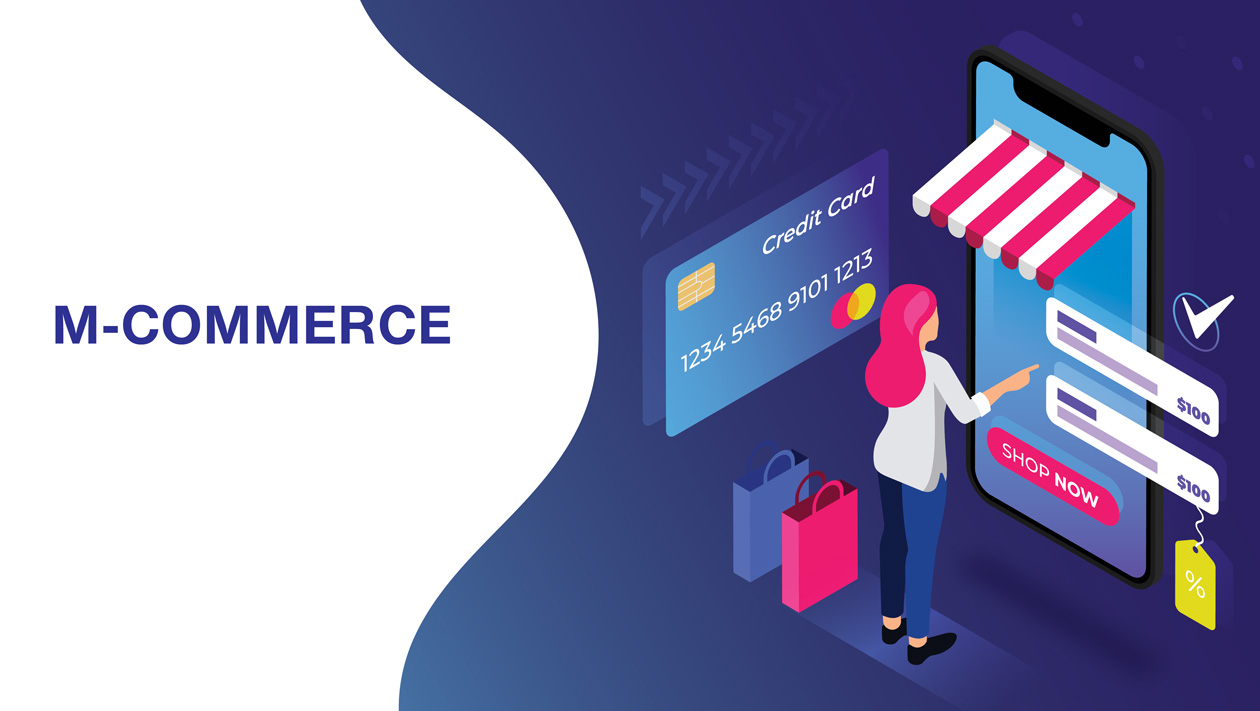From contact information to customer testimonials, here are the essentials that will effectively help you do business.
The Web is full of horrendous sites, and we’re not just talking about bad design. There are many other elements besides how your website looks that go into making it customer-friendly — not to mention something that inspires them to actually do business with you.
From thorough contact information to customer testimonials, here are the essentials that every small business website should have for it to effectively help you do business.
- A clear description of who you areSomeone who stumbles upon your website shouldn’t have to do investigative work to figure out what, exactly, it is that you do. That means clearly stating your name and summing up your products or services right on the homepage, says John Zhuang, of Web-design and SEO-optimization firm Winning Interactive.
“Tell people this is the right website that they have been searching for,” he says. “[A clear description] will attract the visitor’s attention immediately within 2-3 seconds, and encourage them to stay on your website longer.”
- A simple, sensible Web addressDon’t make things complicated.
“Your domain name is like your brand. It should be easy for a user to type it into a Web browser or an e-mail address,” says Ron Wright, the founder of business Web design and online marketing firm Accentix.
He adds: “I always recommend the .com domain as users are conditioned to type that extension when they enter a Web address. For non-profits or organizations, I usually recommend using a .org domain for branding purposes, but also recommend having a .com version of the domain in case a user accidentally types the .com address.”
Wright also suggests avoiding dashes (which can cause SEO headaches) and numbers (which can cause confusion for customers).
- An easily-navigated site mapClear links to the most important pages, and a site map, are crucial for guiding visitors to the information they’re looking for.
“Be sure your navigation is clearly laid out. I always recommend using dropdowns in the navigation menu so the visitor can see the content under every heading from virtually any page. You want to make it very easy for your visitors to find what they are looking for, or what you want them to know,” Wright suggests.
- Easy-to-find contact informationYou wouldn’t want to lose a customer to a competitor just because you made it difficult for them to get in touch with you.
“Not every online visitor has the patience to click through every page on your website to find the contact information,” says Zhuang.
“The best place for the contact information is the top left or top right corner of the home page,” he recommends. “It is also a good practice to include contact information in every page of the website in the footer or side bar or even in top right corner, which helps the visitors to find it more easily.”
You should also be sure to include several ways for them to contact you — phone, e-mail, and a standard contact form, are all good options. Forbes also suggests including your address, and even a link to your location in Google maps.
“One of the biggest mistakes business owners make is to force only one way to reach them,” says Wright. “The point is to make it very easy for users to communicate with you on their terms.”
- Customer testimonialsHonest words from others help make your products or services more tangible to customers who are visiting you online.
“They help your potential customers to build trust in you, especially if you are new,” Zhuang says. “[And they] help shoppers to confirm whether the product [or] services meet their needs.”
“People love to hear stories from real people,” he adds. “They help people [find out] other things you haven’t said [on] your website.”
- An obvious call to action”Tell the online visitors literally what you want them to do with clear tones of commend,” says Zhuang. “For instance, you may want them to call you now for free quote, or sign up to your exclusively online coupons, or add products to the online shopping cart, etc.”
And, he adds, call attention to your suggestion — by using special buttons or highlighting the text, for example.
- Know the basics of SEOYour website won’t do you as much good if no one can stumble upon it. Become familiar with the SEO basics to make it more accessible by search engine.
“You don’t need to employ mysterious, ninja, black hat SEO types to rank well on the search engines. Simply make sure your website is coded correctly,” Wright says.
That means using the correct keywords throughout your text, putting in plenty of links, naming your page titles and URLs correctly, and employing the magic of images and videos.
- Fresh, quality contentFor many businesses, your website is your first impression on a customer. You want to give them what they’re looking for, and perhaps even give them a reason to keep coming back.
Wright says, “The user is looking for something. Make sure you give it to them…. [and be] sure your content is original, well written and valuable.”
Fresh content is a goldmine for SEO, as well. You can keep your content from getting stale (and give your company some personality, too) by incorporating a regularly-updated blog or connecting in your social media feeds.
- A secure hosting platformHaving your online information hijacked is a nightmare, and, should it happen to your business, it could cost you customers.
“It is imperative that you have a secure, trustworthy hosting company to keep the bad guys out and your content up and running,” says Wright. “It is also very important to keep your content management system updated in order to stay one step ahead of the hackers.”
- A design and style that’s friendly to online readers
Zhuang describes it in more detail: “Online visitors often scan through a Web page to sample the content first when they open a new Web page. If they feel like they are on the right page, they will slow down to read the full story. To enhance user’s experience on your small business website, you need to organize the content for scanning.”
He recommends three style points for online writing to keep in mind:
Break things down into short paragraphs, with headers if necessary
Use bullet points
Highlight important words or phrases.
Wright adds, “In the end, simplicity and basic colors are the best bet. Again, the content is the focus, not dancing clowns at the top of the page.



